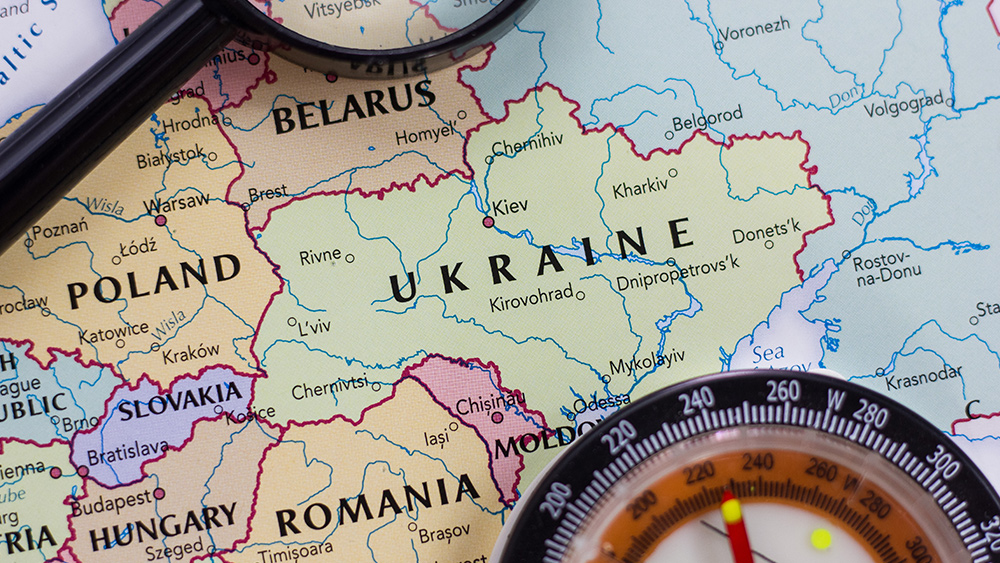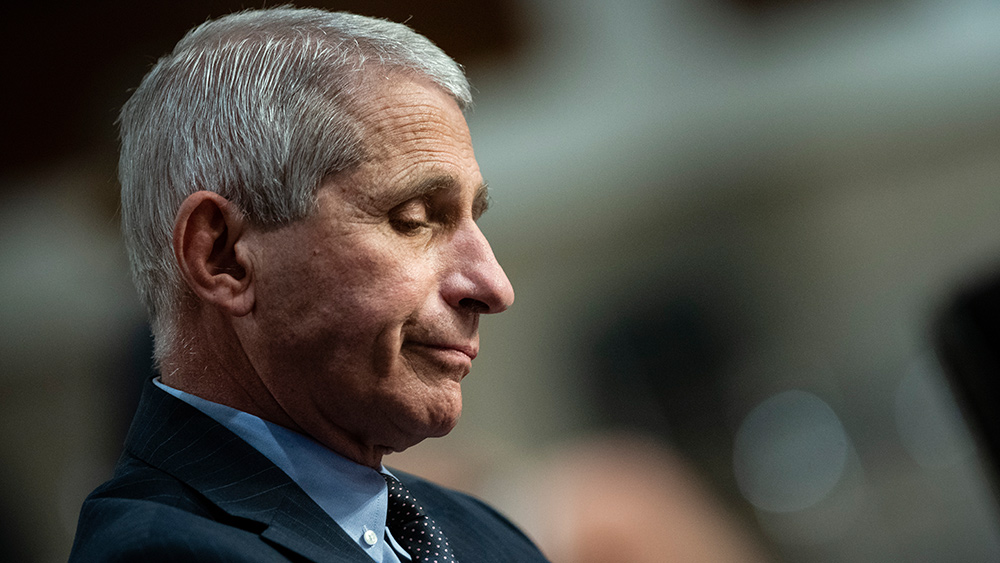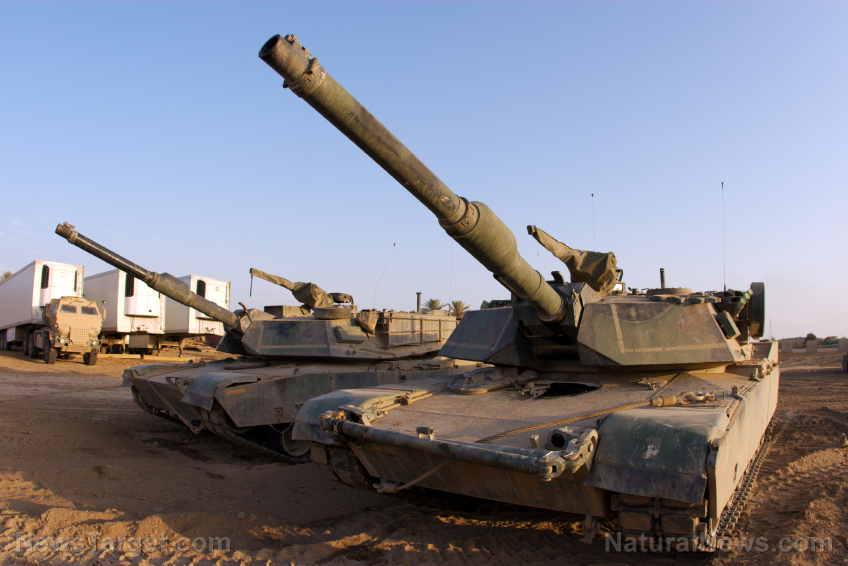 Parler
Parler Gab
Gab
- The Strait of Malacca is a vital maritime choke point, handling over 30 percent of global crude oil trade and $3.5 trillion in annual trade, with 90,000 vessels passing through annually.
- China heavily depends on the strait, with 80 percent of its maritime energy imports and 60 percent of global trade relying on this route, prompting efforts to reduce vulnerability through alternatives like the proposed Kra Canal in Thailand.
- The U.S. has strengthened its military presence in the region, including agreements with Singapore and Malaysia, to secure control over the strait and counterbalance China’s influence.
- Regional cooperation and U.S.-China rivalry shape the strait’s future, with both nations vying for influence amid risks of piracy, environmental disruptions and potential geopolitical conflict.
China lobbying Thailand to build new canal as alternative to Malacca Strait
For China, this U.S. presence is a source of concern. In 2003, then-Premier Hu Jintao coined the term "Malacca Dilemma" to describe China’s vulnerability to a potential naval blockade. A blockade could cripple China’s economy, as its strategic oil reserves would last only 60 days. To mitigate this risk, China has pursued alternatives, including the Belt and Road Initiative, which aims to create new trade routes bypassing the strait. One such alternative is the proposed Kra Canal in Thailand, a 100-kilometer (62 miles) artificial waterway that would connect the Gulf of Thailand to the Andaman Sea through the Isthmus of Kra. This canal would shorten shipping routes by 1,000 kilometers (621 miles), reducing reliance on the Strait of Malacca. Chinese state-owned companies have already conducted feasibility studies and have been busy over the past decade lobbying the Thai government to begin construction. However, the project still faces significant hurdles, including environmental concerns, internal political instability – especially in 2014 following a military coup in Bangkok – and opposition from Singapore, which stands to lose its status as a maritime hub. All these roadblocks have stalled the beginning of the project. Despite these challenges, the Kra Canal remains a tantalizing prospect for China. "The canal would be controlled by China," wrote analyst and international relations expert Giancarlo Elia Valori for Modern Diplomacy. "And while Thailand may not operate it as planned, it would reap the greatest benefits." The strait's challenges extend beyond geopolitics. Piracy, once a major threat, has declined significantly due to increased military patrols by the U.S., China and regional navies. However, environmental issues like haze from Indonesian bushfires continue to disrupt shipping. Singapore has taken a leading role in addressing these problems, using satellite imagery to monitor fires and coordinating with Indonesia to mitigate their impact. Regional cooperation is key to maintaining the strait’s security and efficiency. The U.S. has worked to strengthen ties with Indonesia, which plays a pivotal role in the strait’s governance. Meanwhile, China has invested heavily in Malaysia and other Southeast Asian nations, seeking to build trust and secure its interests. The Strait of Malacca is a microcosm of the broader U.S.-China rivalry. While both nations benefit from the strait's role as a global trade artery, their competing interests could destabilize the region. The U.S. seeks to maintain its military dominance, while China is determined to reduce its reliance on this vulnerable choke point. As tensions rise, the strait’s future remains uncertain. "The Malacca Strait is critical for U.S. military effectiveness in the region," said Lucas Myers, an Asia Program Senior Associate for the Wilson Center. "Protecting access to it and denying it to China during a wartime scenario is paramount." Watch this clip warning about China's plans to set up military facilities overseeing the Strait of Malacca and the Straits of Hormuz. This video is from the channel Chinese Taking Down Evil CCP on Brighteon.com.More related stories:
Red Sea shootdown: Did the Houthis play a role in the U.S. Navy's "friendly fire" incident? SABOTAGE? Chinese vessel accused of intentionally severing undersea cables in Europe. Geopolitical analyst warns of economic chaos should Iran shut down Strait of Hormuz. China continues to threaten Taiwanese airspace, regularly deploying WARPLANES to cross Taiwan Strait median line. U.S. warns China about plans to increase military drills in South China Sea region. Sources include: WilsonCenter.org ModernDiplomacy.eu NavalInstitute.com.au Brighteon.comClimate change fanatics want to bankrupt the entire world for little to no reward
By News Editors // Share
Biden grants controversial blanket PARDONS to Fauci, Milley and Jan. 6 Committee members
By Belle Carter // Share
Governments continue to obscure COVID-19 vaccine data amid rising concerns over excess deaths
By patricklewis // Share
Tech giant Microsoft backs EXTINCTION with its support of carbon capture programs
By ramontomeydw // Share
Germany to resume arms exports to Israel despite repeated ceasefire violations
By isabelle // Share










